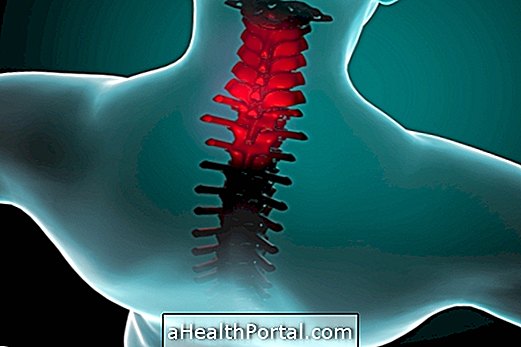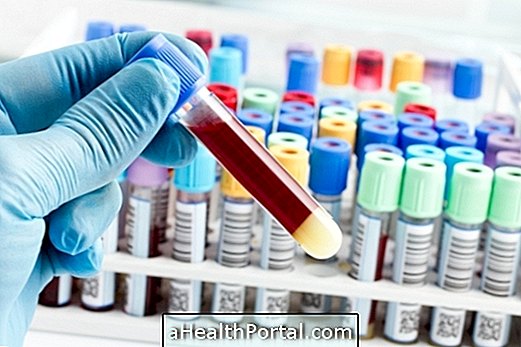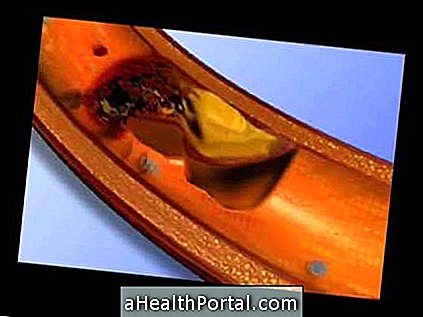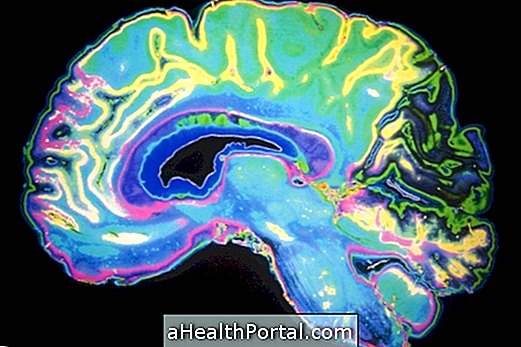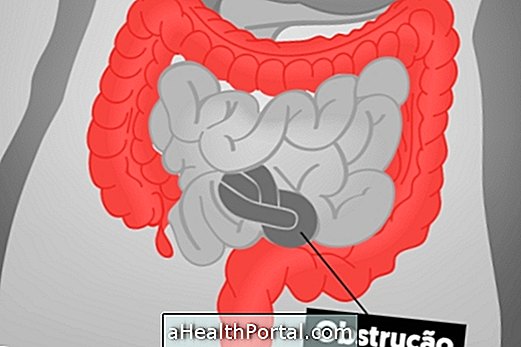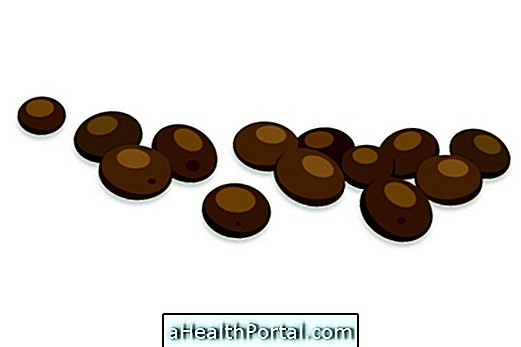Treatment of septic shock should be started as soon as possible, preferably within the first hour of its detection, with antibiotics, blood pressure medications, hydration in the vein, and rigorous monitoring of vital data and examinations .
This treatment is performed by the doctor in the hospital, preferably in the ICU. In addition to the remedies, it is of fundamental importance to perform tests to identify the focus of the infection, such as cultures, microbiology and immunological tests, in order to choose the most appropriate antibiotic and eliminate the effects of the bacteria in the body.
Septic shock is a state of exaggerated inflammation of the body due to an infection, which causes changes in blood circulation, blood pressure drop, and there is a risk of organ failure and death. Understand septic shock and how to identify it.
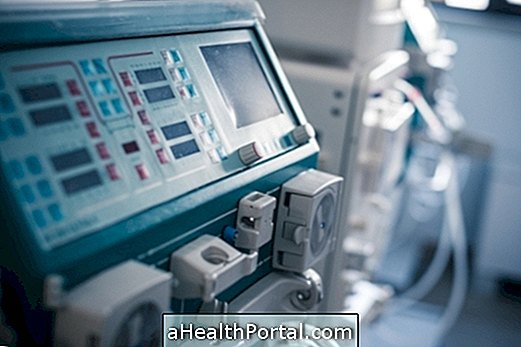
The following steps are essential for the treatment of septic shock:
1. Use of antibiotics
If sepsis or septic shock is detected, a potent antibiotic should be started, even if the focus of the infection is not yet known. This is so that the microorganism that causes the infection is eliminated as soon as possible, reducing the body's immune response.
Generally, about 10 days of treatment is sufficient in most cases, and some of the most commonly used antibiotics include Ceftriaxone, Ceftazidime, Ciprofloxacin, Tazocin, Vancomycin, Meropenem, for example. After the results of culture tests and identification of the microorganism, the antibiotic should be adequate. Learn more about the exam that helps identify the best antibiotic.
2. Hydration in the vein
In septic shock the blood circulation is extremely impaired, which hinders the oxygenation of the body. Performing high doses of serum in the vein, about 30 ml per kg, is recommended as a way to help maintain acceptable blood flow and improve response to medications.
3. Medications for blood pressure
In septic shock there is a drop in severe blood pressure, which is not resolved with only hydration in the vein, therefore, potent blood pressure elevation medicines, called vasopressors. With these medicines, it is recommended to achieve an average blood pressure of at least 65 mmHg.
Some examples of this medication are Noradrenaline, Vasopressin, Dopamine and Adrenaline, for example, which are medicines that should be used with strict medical monitoring to avoid further complications. Another option that the doctor can use is medicine that increases the force of heart beat, called Dobutamine.
4. Control of exams
During the treatment of septic shock, as important as the use of medicines, is the conduct of tests that help guide the treatment. Thus, tests such as hemogram, arterial blood gas analysis, central venous pressure measurement to assess blood flow, lactate dosage to assess tissue perfusion, urine quantification, and microbiological cultures are essential to assist the physician in performing the correct treatment.
5. Blood transfusion
It may be necessary for patients who have signs of insufficient blood flow and who have anemia with hemoglobin below 7mg / dl. Check the main indications of blood transfusion.

6. Use of steroids
Corticosteroid medications, such as hydrocortisone, may be indicated by the doctor as a way to reduce inflammation, however, there are only benefits in the case of refractory septic shock, that is, in cases in which blood pressure can not be improved even with hydration and use of medicines.
7. Hemodialysis
Hemodialysis is not always indicated, however, it may be a solution in severe cases where rapid removal of excess electrolytes, blood acidity, or stopping of kidney function is required.
Signs of improvement in septic shock
Signs of improvement in septic shock appear about a few hours after initiation of treatment and include normalization of blood pressure, heart rate and respiration, increased urine production, decreased blood lactate values, regularization of respiration, as well as reduction of the fever.
Signs of worsening septic shock
Signs of worsening septic shock arise when there is no adequate response to treatment, which causes organ failure, identified by signs such as confusion, difficulty breathing, coma, renal failure, bleeding, and respiratory arrest.


